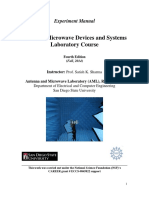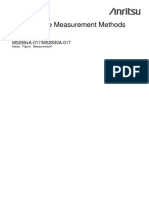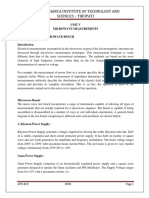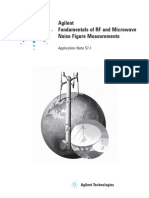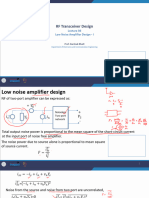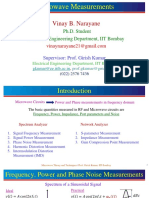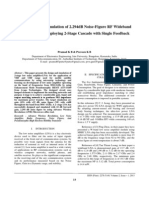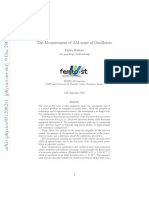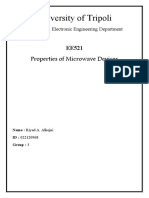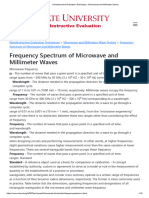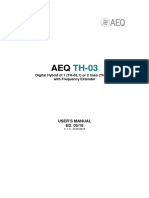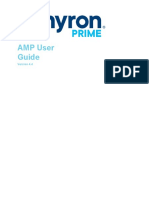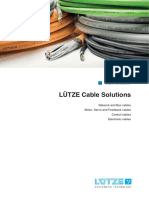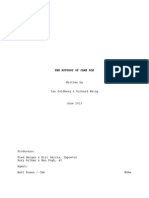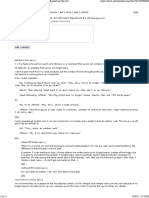0% found this document useful (0 votes)
106 views10 pagesExp 07 Lab Report
Familization with noise figure meter and noise figure analyzer
Uploaded by
mithun.bhopal181Copyright
© © All Rights Reserved
We take content rights seriously. If you suspect this is your content, claim it here.
Available Formats
Download as PDF, TXT or read online on Scribd
0% found this document useful (0 votes)
106 views10 pagesExp 07 Lab Report
Familization with noise figure meter and noise figure analyzer
Uploaded by
mithun.bhopal181Copyright
© © All Rights Reserved
We take content rights seriously. If you suspect this is your content, claim it here.
Available Formats
Download as PDF, TXT or read online on Scribd
/ 10




